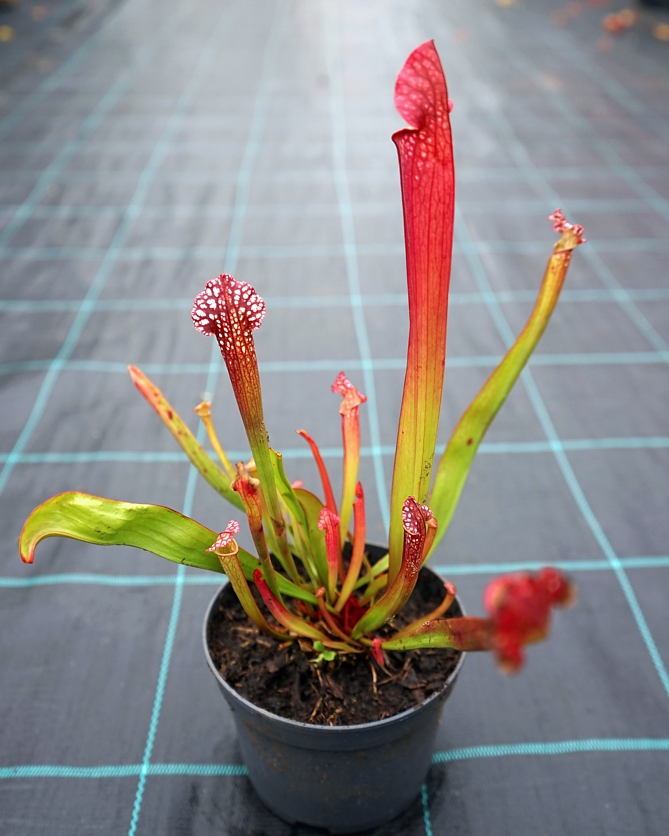Sarracenia leucophylla White pitcher plant
Sarracenia
The genus Sarracenia, commonly known as pitcher plants, includes approximately ten species of carnivorous plants native exclusively to the eastern regions of North America. Their evolution is closely tied to acidic, nutrient-poor wetlands, where they developed specialized leaves shaped like traps - funnel-like structures that lure insects with colour, scent, and nectar. The first botanical description of the genus was made by Carl Linnaeus in 1753, but the name honours Michel Sarrazin, a physician and naturalist from New France who sent the first specimens to Europe. Genetic analyses suggest that the genus emerged relatively recently, during the Pleistocene. Sarracenia species have become icons of American wetlands, often depicted in 19th-century naturalist illustrations as examples of “botanical ferocity.”
Sarracenia leucophylla, known as the white-topped pitcher plant, was described by Constantine Samuel Rafinesque in 1817. It naturally occurs in the coastal regions of the southeastern United States, particularly in Alabama, Georgia, and Florida. Its native habitat consists of seasonally flooded pine savannas, where periods of extreme moisture alternate with dry spells. In these conditions, the pitcher plant becomes a dominant species, using its insect-trapping ability to acquire nitrogen and other nutrients. Culturally, it appears as a symbol of the wild nature of the American South, and its flowers are occasionally used in floral arrangements, unfortunately sometimes illegally, which contributes to its threatened status.
The white-topped pitcher plant is considered a deciduous perennial, although in mild winters it may retain a few pitchers that escape frost damage. Its growth cycle follows a distinct seasonal rhythm: first, in spring, the flowers emerge: tall, slender stalks topped with an umbrella-like structure of five petals, usually deep crimson. Only after flowering do the pitchers begin to grow hollow, funnel-shaped leaves that gradually elongate and widen. The peak phase occurs in summer, when the plant produces its largest and most vividly coloured pitchers (this is when watering in regular garden beds is most crucial). The upper portion is strikingly white, red-veined, while the lower part remains green to burgundy. This contrast acts as a visual lure for insects. In autumn, the pitchers gradually turn brown, though some remain functional until the first frosts. During winter, the plant enters dormancy, its above-ground parts die back, while the rhizome remains active below the surface. The plant can reach up to 70 cm in height, with individual pitchers measuring 5–8 cm in diameter.
This species stands out from other members of the genus due to the dramatic colour contrast in the upper part of its pitchers, no other Sarracenia has such prominent white colouration. However, as the autumn days get cooler, the white portions of the pitchers gradually shift into varying shades of magenta and deep purple, creating a truly spectacular display. It also produces pitchers later in the season than most other species, making it ideal for extending the visual interest in garden compositions. Its pitchers are slenderer and more elegant, with finer veining that resembles lace. In the wild, it frequently hybridizes with other species in the genus, resulting in natural hybrids, some of which are now cultivated as distinct varieties.
Growing pitcher plants requires specific conditions which can be easily met. The plant needs full sun, acidic substrate (ideally pure peat or a mix of peat and perlite), and water with low mineral content – preferably rainwater or distilled water. The soil should be consistently moist to boggy, the plant tolerates partial submersion as long as the rhizome remains above the waterline. In winter, it requires a dormancy period at low temperatures of at least 0–5 °C, and well-established plants in the ground can withstand deeper frosts down to –23 °C (USDA zone 6). Regular garden soil or fertilizers are unsuitable – the plant is extremely sensitive to excess nutrients. In containers, it is best grown in plastic pots at least 15 cm deep, placed in a tray of water. The plant is neither toxic nor allergenic, but its pitchers should not be handled – damage can impair their function.
Last update: 11-10-2025
Goods are shipped all over Europe. For Russia and U.K. and for further details please read about SHIPPING OPTIONS HERE.
Are you interested in a serious discount for orders NOV-FEB? Check your options here.
THE PRICES INCLUDE VAT of 15%. For quick conversion you can use 1 CZK = approx. 0.04 EUR
- STANDARD QUALITY - Plants of this group are 1st class quality with number of branches and overall density adequate to their size and age, considering they were container grown.
- DE LUXE QUALITY - This label guarantees a luxurious quality of manually selected plants that, compared to their height and age, are exceptionally dense and beautiful.
- EXTRA - These plants are usually mature and bigger specimens with exceptional overall appearance.
- STANDARD (as described in the plant form) means a tree with a trunk of 190-210 cm and a crown at the top, unless specified differently. The commercial size for trees is their girth measured in the height of 1m from ground.
- HOBBY - These plants are of the same quality as our standard-quality plants but younger and therefore cheaper.
- SHRUB - a woody plant with branches growing bushy from the ground level.
- HALF-STANDARD or MINI-STANDARD - a small tree with shorter trunk, its size is usually specified.
- FEATHERED - These are trees with branches growing already from the base of the trunk and up along the stem.
- GRASSES and PERENNIALS - Sizes given usually read the diameter of the pot or the clump, as specified.






























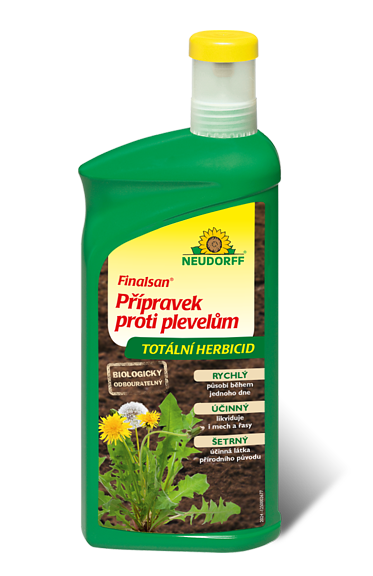


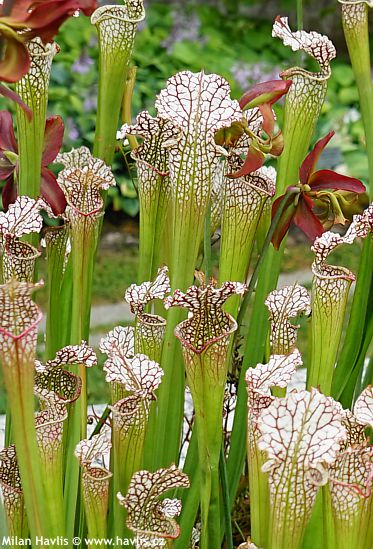
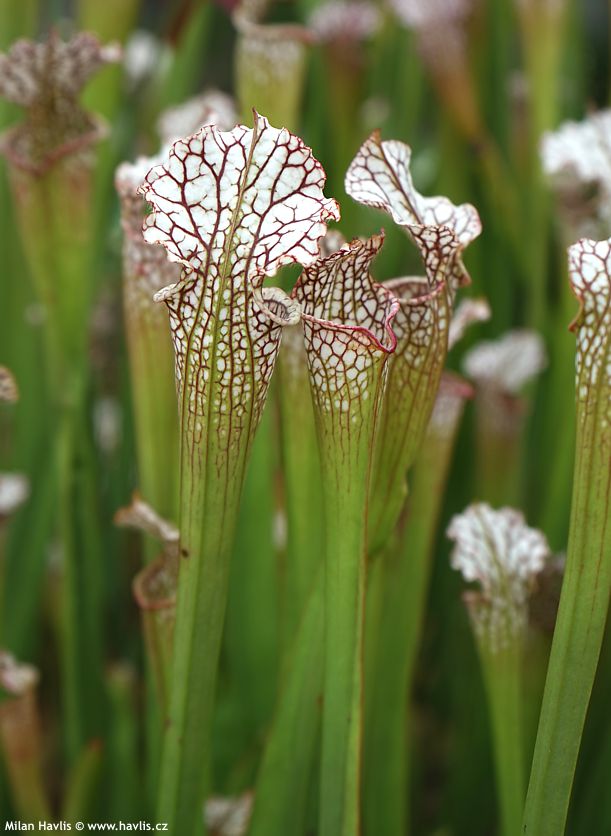
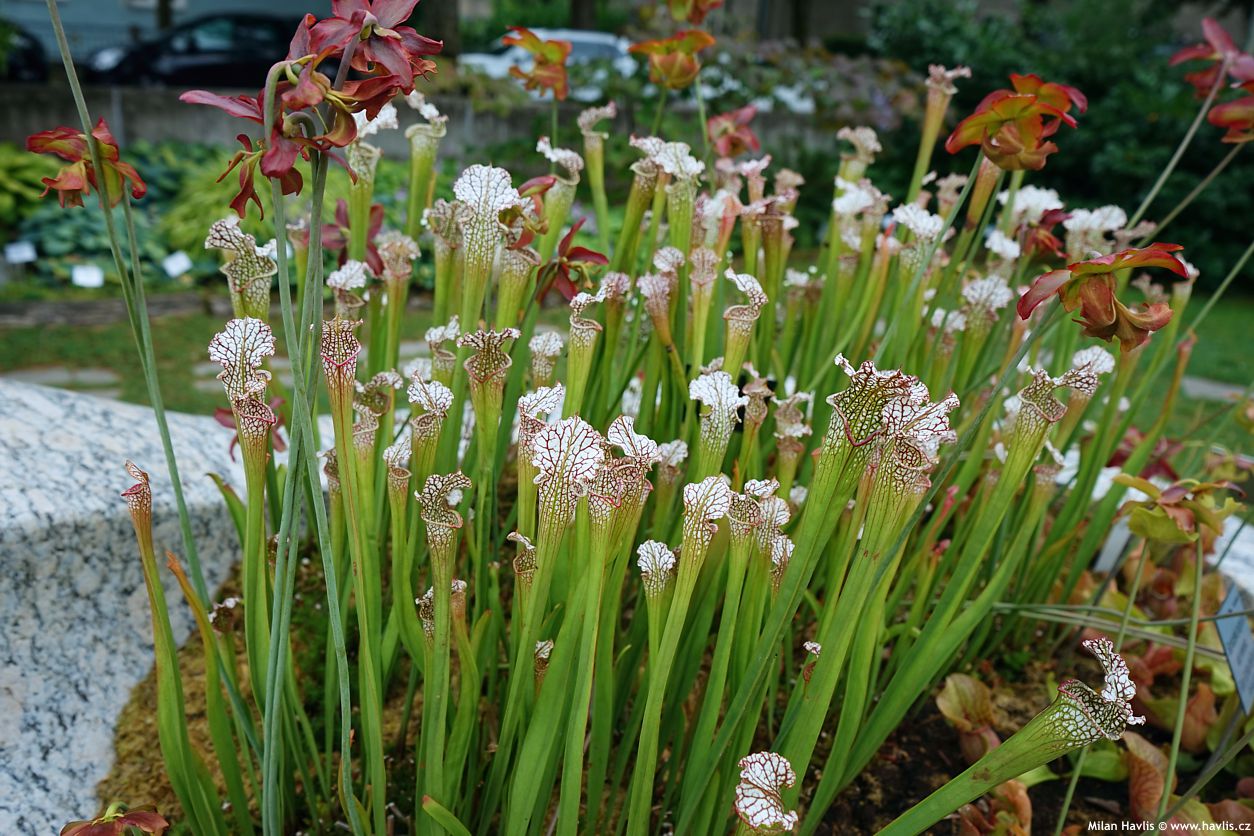
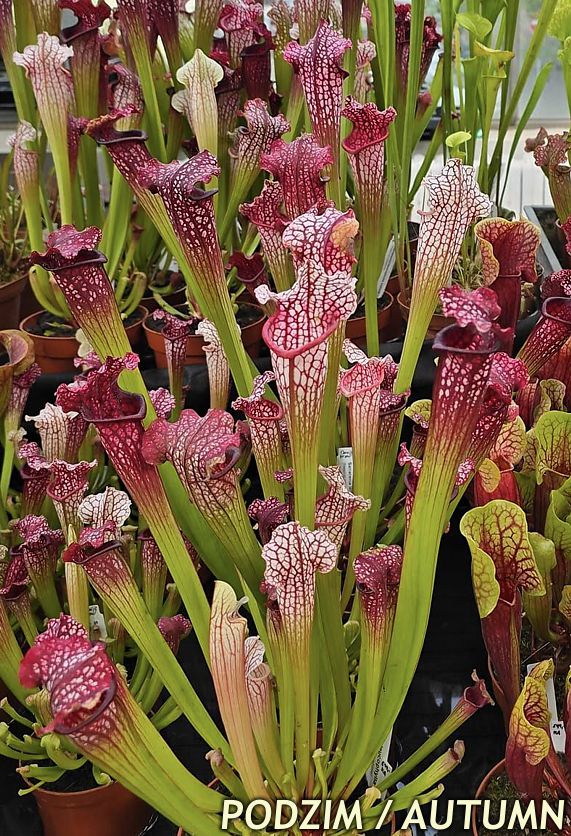
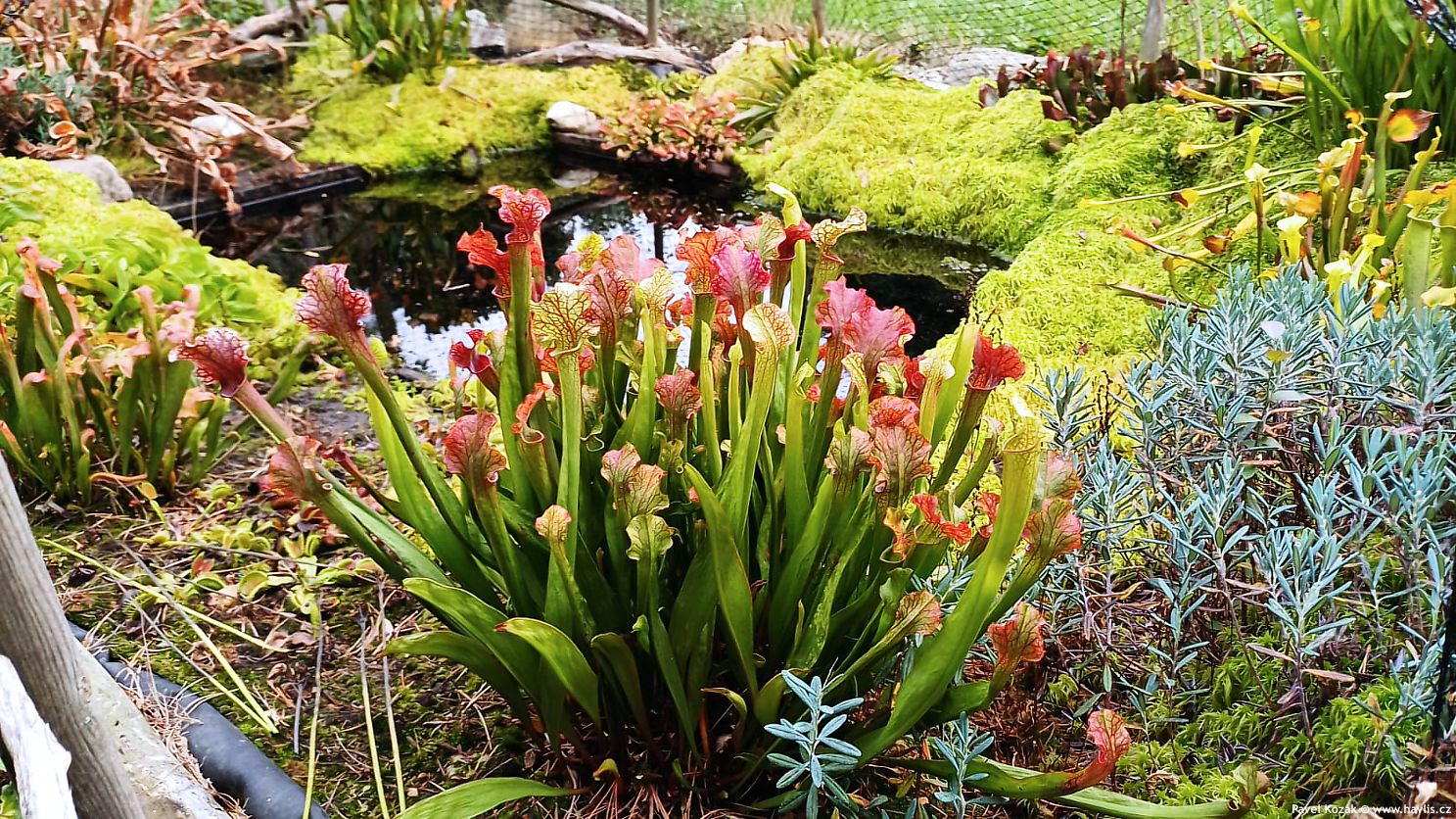
.jpg)

